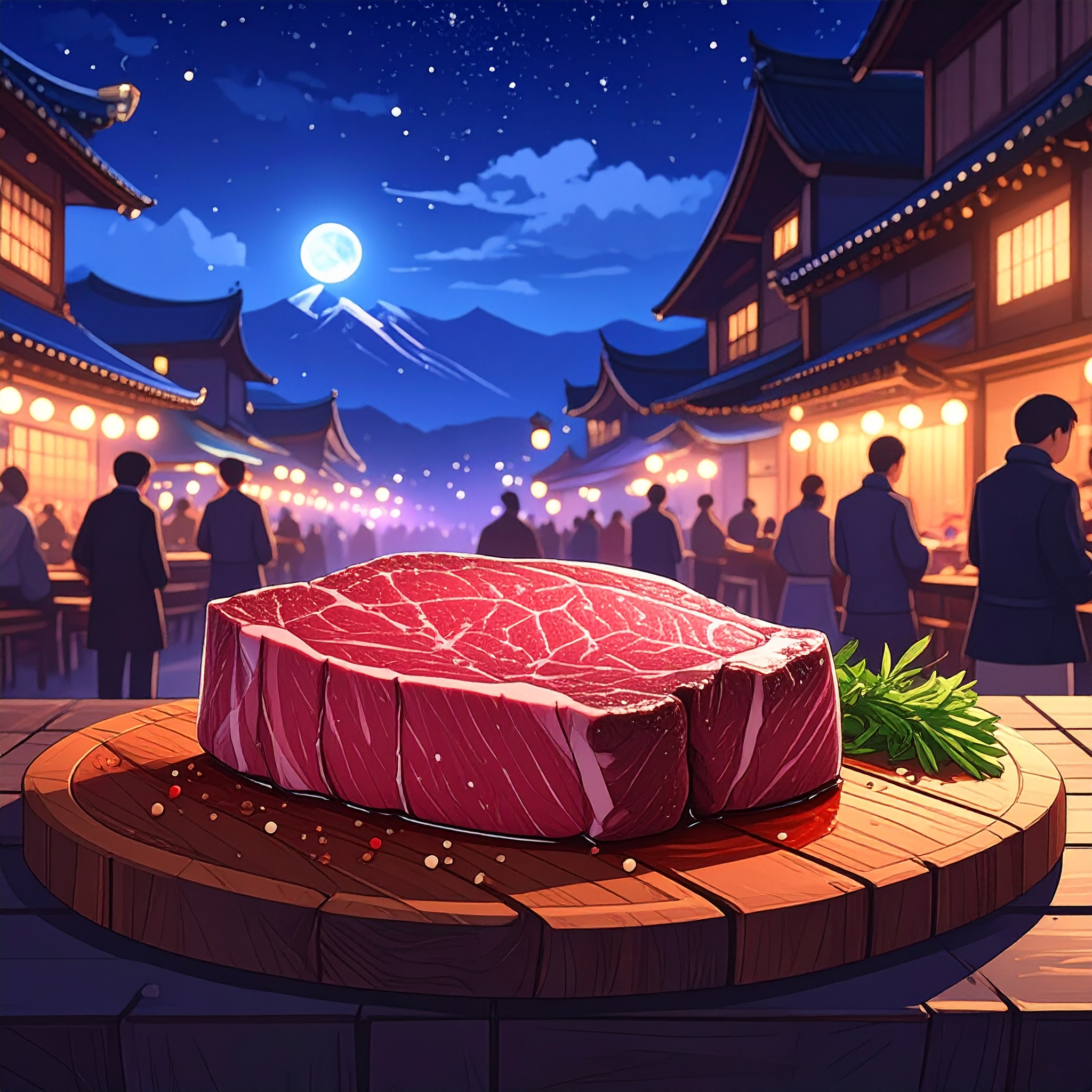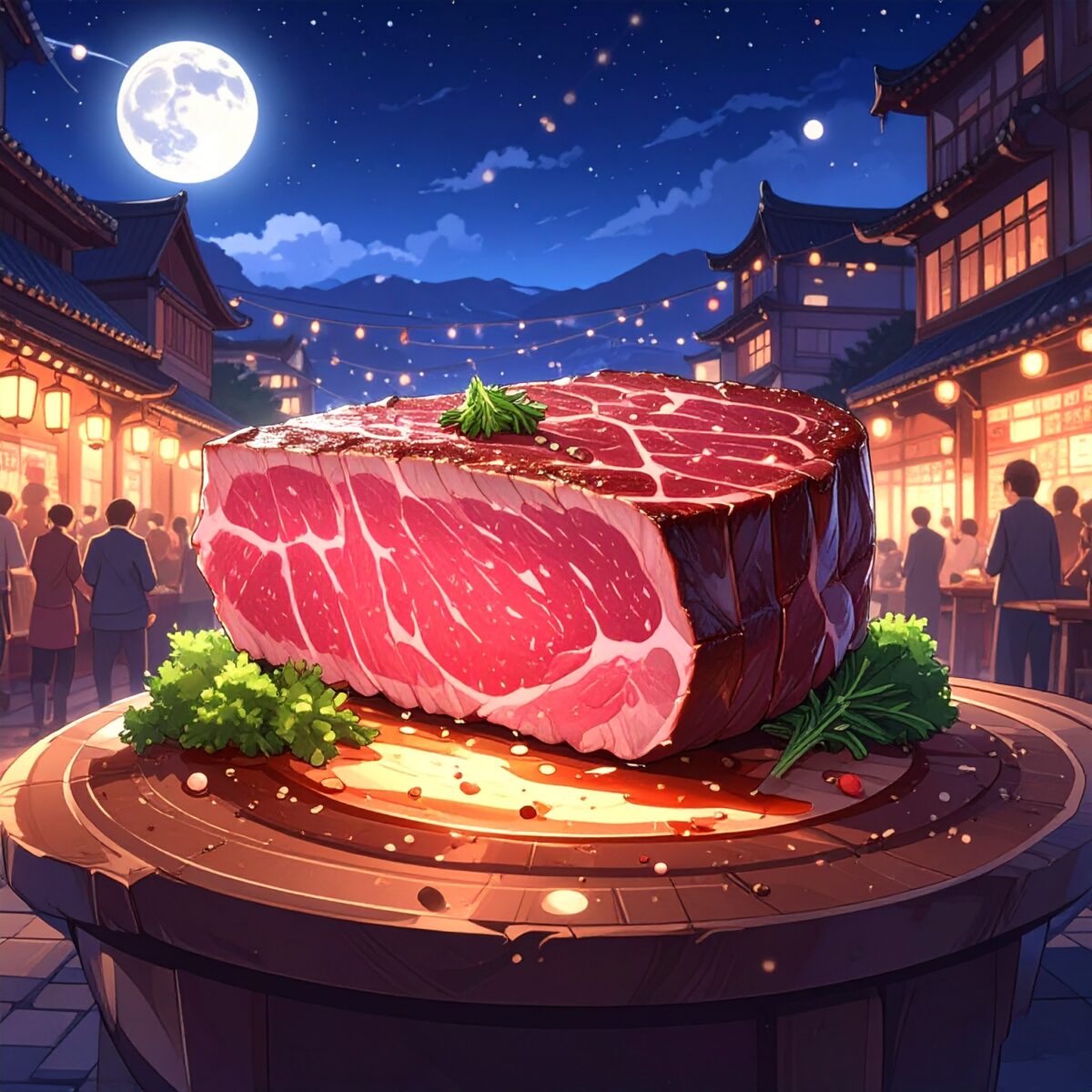Night in Kyoto reveals a different face. Footsteps soften, and warm light filters through latticed doors, hinting at quiet lives within. In this hushed atmosphere, approaching a teppanyaki restaurant feels like stepping into a space where time slows down—an entrance to something quietly extraordinary.
Tucked away in the back of a machiya, the restaurant stands almost unannounced, like a secret known only to a few. A modest noren hangs at the entrance, and as you walk across the gently creaking wooden floor, the soft glow of the teppan greets you from beyond the counter. Conversation fades to a murmur, and the guests’ attention turns to the graceful movements of the chef.
Tonight, the encounter is with a single slice of wagyu. Everything—the space, the timing—has been arranged to honor that moment. The meat is placed on the teppan with quiet dignity, then carefully sliced and grilled. The sound is minimal; only the gentle sear of the meat and the rhythmic movement of the chef fill the air.
With the first bite, words become unnecessary. The exterior is delicately crisp; the interior melts like silk. Each chew releases layers of umami, expressed not through overpowering seasonings, but through the purity of the ingredient itself. The searing technique, the melt-point of the fat, the control of heat—all meticulously orchestrated, and yet it feels entirely natural. Perhaps it is because the chef’s hands and heart are perfectly in sync.

The meal unfolds slowly. It begins with delicate appetizers, followed by seasonal vegetables and seafood, all leading, unhurried, to the wagyu. Each dish is presented in quiet harmony, gently tuning the guest’s senses. Background music is subtle, and voices from nearby seats are barely audible. Here, tasting—not talking—is the centerpiece of the experience.
The rhythm of Kyoto, a city shaped by centuries, flows gently through this space. A sensibility cultivated over a thousand years is woven into both the cuisine and the surroundings. There is no rush, no boastfulness—only presence. That quiet integrity is reflected in every plate, every gesture of hospitality.
To say one “encounters” a single slice of wagyu is not an exaggeration. It is not only about taste, but about the chosen animal, the discerning eye of the chef, the exact number of seconds the meat is seared. All these elements come together to form a fleeting moment of perfection—worthy of being called a true encounter.
After the final dish, what lingers is not fullness, but a sense of being deeply nourished. As you leave the counter and step outside, the cool Kyoto night air brushes your cheek. At that moment, the aroma of wagyu still faintly present on your palate merges with the memory of the quiet iron plate. The city may be silent, but the experience continues to echo within.
To meet a single slice of wagyu in the stillness of a Kyoto night is more than a meal. It is a quiet journey inward—an opportunity to return to the essence of savoring. A reminder that true taste, like true beauty, reveals itself slowly, gently, in silence. And such a night awaits here.




